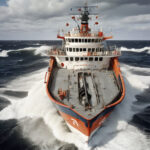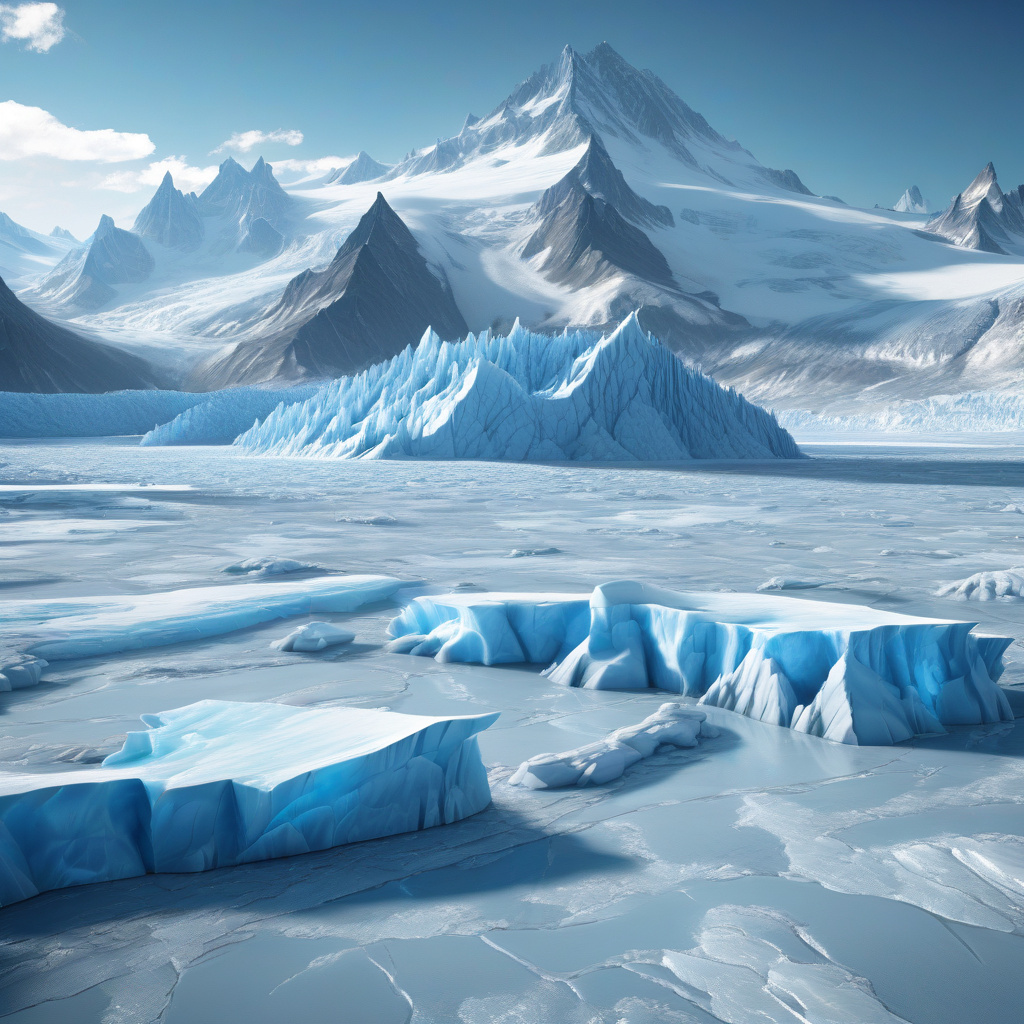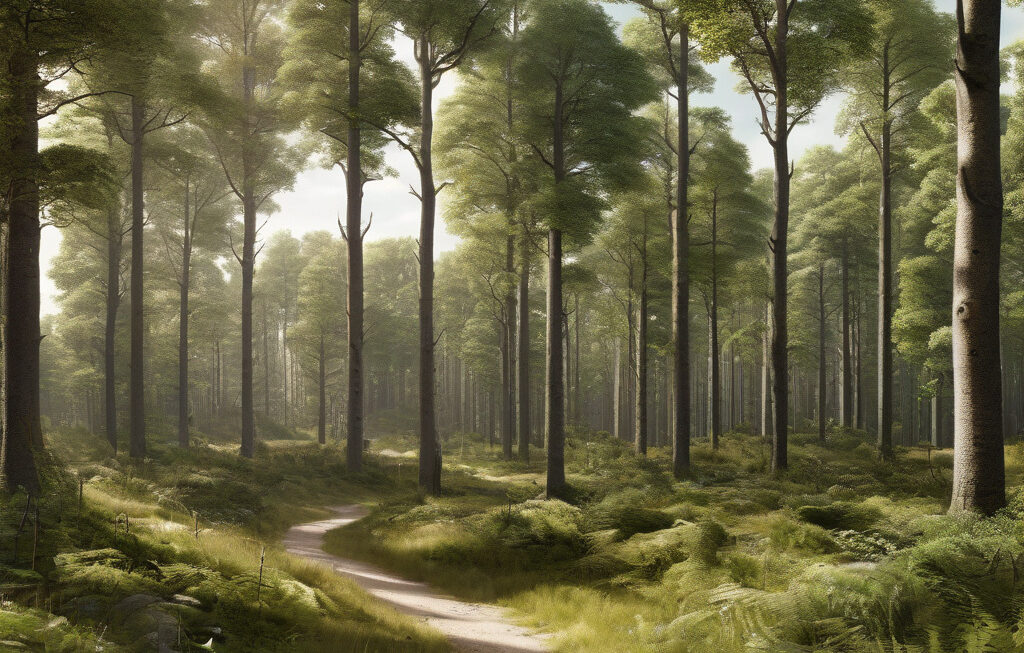Water Towers: Less Snow Shaking Foundations of World’s Most Resilient Glaciers
Glaciers in the High-Mountain Asia region, known as the “Third Pole,” have long been a vital source of water for billions of people in countries like China, India, Nepal, and Bhutan. These massive ice formations act as natural reservoirs, storing water in the form of snow and ice during the winter months and releasing it gradually during the dry season, ensuring a steady water supply for agriculture, hydropower generation, and drinking water.
However, recent studies have shown that the glaciers in the Third Pole region are facing a significant threat due to changing weather patterns and a decrease in snowfall. The “water towers” of Asia are showing signs of stress as they receive less snow, leading to reduced water reserves and potential water shortages in the future.
One of the key factors contributing to the decline in snowfall is climate change. Rising global temperatures are altering precipitation patterns, causing less snow to fall in the high mountains. As a result, the glaciers are receiving less replenishment, leading to a decrease in ice mass and water storage capacity.
The implications of this trend are far-reaching. The communities that rely on the water supply from these glaciers are already starting to feel the impact. Farmers are experiencing changes in water availability for irrigation, hydropower plants are facing challenges in meeting electricity demands, and cities are struggling to provide clean drinking water to their residents.
To address these challenges, scientists and policymakers are working together to find solutions to ensure the resilience of the Third Pole glaciers. One approach is to improve water management practices, such as building more efficient irrigation systems and investing in water storage infrastructure. By enhancing water efficiency, countries can better cope with reduced water availability from melting glaciers.
Another crucial aspect of mitigating the impact of dwindling snowfall on glaciers is to accelerate efforts to combat climate change. By reducing greenhouse gas emissions and transitioning to renewable energy sources, we can slow down the rate of global warming and preserve the ice mass in the high mountains.
Furthermore, raising awareness about the importance of the Third Pole glaciers and their role as water towers is essential. Education campaigns can help people understand the link between climate change, snowfall, and water supply, fostering a sense of stewardship towards these critical natural resources.
In conclusion, the decline in snowfall and water reserves in the Third Pole region is a pressing issue that requires immediate attention. By taking collaborative action to address climate change, improve water management, and raise awareness, we can safeguard the world’s most resilient glaciers and ensure a sustainable water supply for future generations.
#WaterTowers, #Glaciers, #ClimateChange, #ThirdPole, #WaterSecurity











